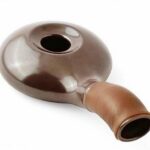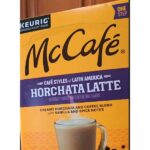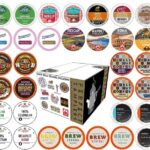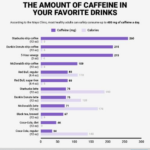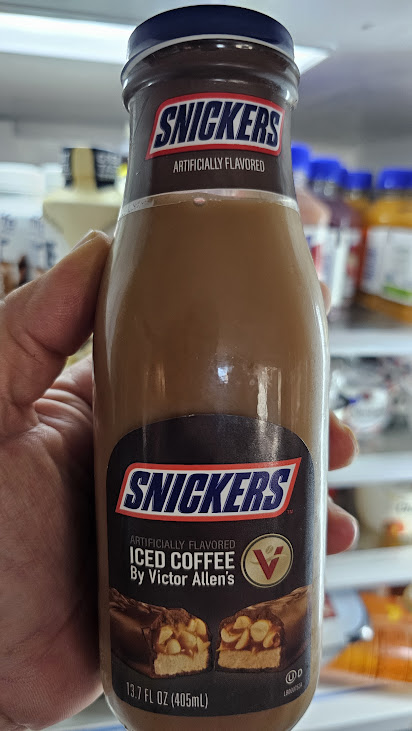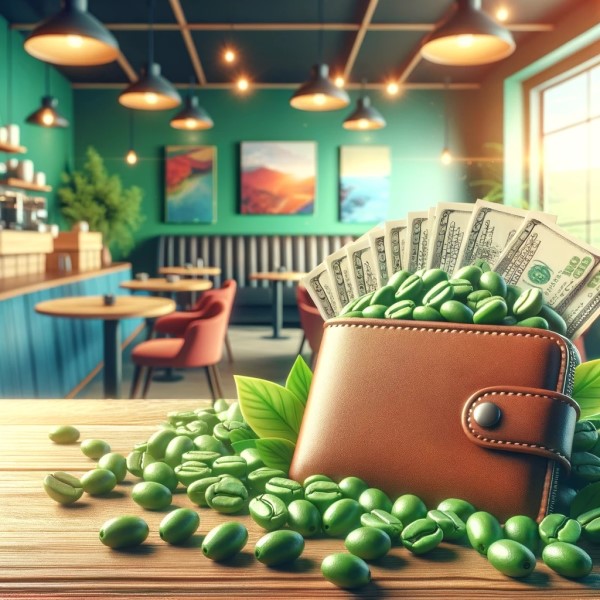Snickers Iced Coffee – What’s that you say?
Snickers Iced Coffee Review: The Drink You Didn't Know You Needed
“What if your coffee break came with a side of Snickers satisfaction? Like Snickers Iced Coffee”
Introduction
Imagine this: it’s 3 PM, and you’re hitting that afternoon slump. You’re craving coffee, but also maybe a Snickers bar to kick that “hangry” feeling. What if I told you that you could have both, all in one cup? Enter Snickers Iced Coffee, a genius creation that takes your favorite candy bar and smashes it together with iced coffee in a way that’s both curious and tempting.
Now, who do we have to thank for this masterpiece? Victor Allen, of course! Wait, you’ve never heard of him? Don’t worry, we’ll get into the mystery behind this coffee mastermind. We’ll also break down how this caffeinated Snickers wonder stacks up against your trusty Starbucks Frappuccino and whether it can stand on its own against a cup of regular joe (spoiler alert: we even tried it hot!).
1. Who Is Victor Allen, and What’s the Deal with Snickers Iced Coffee?
Let’s start with the big question: Who is Victor Allen? Sounds like the name of a fancy barista or an obscure indie musician, right? Well, Victor Allen is actually the brand behind a range of coffee products, including the Snickers Iced Coffee. Victor Allen’s Coffee has been around for years, offering everything from classic brews to flavored lattes. And now, with this Snickers Iced Coffee, they’ve ventured into the sweet spot between candy and caffeine.
- What’s in the Bottle? It’s iced coffee, but it’s also dessert. Imagine the rich, creamy taste of Snickers—chocolate, caramel, peanuts—blended into your cup of coffee. It’s like drinking a candy bar, but without the judgment of having to unwrap one in public.
- Example: If you’ve ever had a moment where you wanted coffee but also had the urge to raid the candy aisle, Victor Allen is the guy who understands you. This iced coffee is basically your sugar cravings and caffeine fix wrapped up in one convenient bottle.
Roasting Green Coffee Beans – First Try
Roasting Green Coffee Beans - First Try
Hello all! We at DelightfulCoffee.com want to thank you for your readership, and announce that here at DelightfulCoffee.com headquarters we have just concluded our first test batches roasting green coffee beans!
For the sake of clarity...
Mind you, we have roasted beans before, or more specifically my partner BK has, and it went well as I understand it, but me myself? Never have I personally roasted coffee beans. I've always wanted to try it, and I did not want a huge expenditure, so I've held off for far too many years. So I thought I'd update you all on this experience.
Why the wait?
Well, I have been trading my time for money. Working or the man, in other words. Additionally I have been working on my other websites, and building my following for my online alter ego Bucky Builder, all in my very limited spare time. At the same time, BK has been busy building and pastoring a church helping the less fortunate, a very worthy cause! Shoot, you can tell by how seldom we post here that time comes at a premium!
Coffee: the WD40 of adulthood
Green Coffee Beans: Your Wallet & Health’s New Best Friend?
Green Coffee Beans: Your Wallet & Health's New Best Friend?
Ever wandered into a coffee shop, spotted 'green coffee' on the menu, and wondered if it's a new environmentally-friendly brew? Spoiler alert: it's not about being eco-friendly—it's actually just unroasted coffee beans. Let’s dive into the world of green coffee beans, the unsung heroes of the coffee world, where we debunk myths, spill secrets, and find out if they really are a wallet-friendly superfood.
What is Green Coffee?
Before visions of green-tinted lattes dance in your head, let’s set the record straight: green coffee isn’t green in color nor is it a fancy new drink trend. It’s simply coffee in its raw, unroasted form. The beans are green, sure, but the most "green" thing about them might just be the money you’ll save! Green coffee is gaining traction among health enthusiasts and budget-conscious brewers alike. But why?



